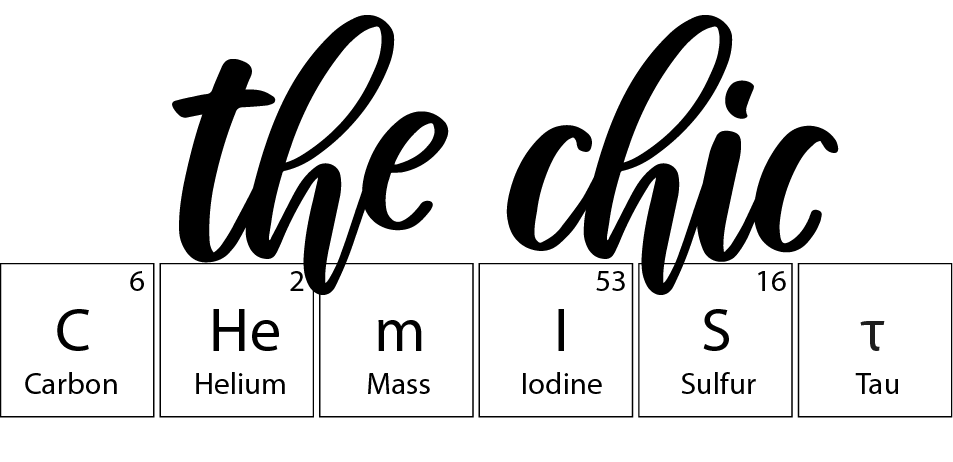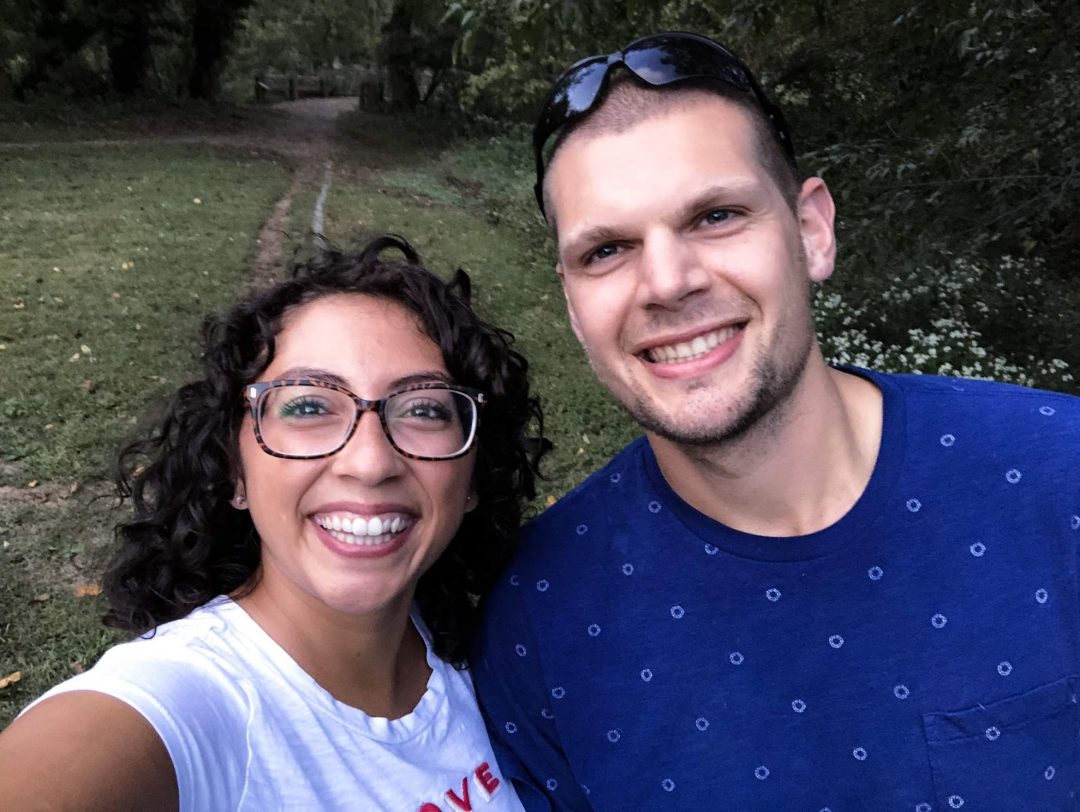I’m feeling super excited for the next couple of weeks because Michael will be running his fifth full marathon! Thats a full 26.2 miles!! Woah!! He has been training for months which is great but I wanted to understand just what goes into training for a marathon? Is there a science behind it?
The most important fact of all this is that no two people will have the same running style or experience. And there is no better style than the one that works for YOU!
I should also note …I am not an avid runner…nor am I even a runner…but I am a chemist who likes to research things LOL!
The first thing to think about is your gait cycle. We can break down the two words. Gait is a person’s manner of walking. And cycle is repeated series of events. Together they explain the process of one foot (let’s say left) makes contact with the ground as the start and the end is when the same foot (again left) hits the ground again.
When the foot (left) hits the ground, you are in the stance phase versus when it is in the air it is in the swing phase.
So the stance phase can be broken down into four stages; initial contact, braking, midstance, and propulsion. As initial contact clearly states, this stage is the moment when leg one (left) is hitting the ground while leg two (right) is in the air. The next stage which is braking and is also known as absorption. Here, your foot (left) strikes the ground and your body tries to brake in a controlled manner. You end up flexing your knee and ankle as well as pronating your entire foot to absorb the impact. The tendons and connective tissue hold onto the elastic energy to use during the propulsion phase. Elastic energy is the potential energy store that can be expended at another time. After braking, you move into midstance where your leg (left) is directly under your hip when your body weight shifts. Finally you make it to the propulsion phase where the stored elastic energy in your Achilles and other tendons is used to move you forward. The hip and knee extend followed by your foot that will strike the ground and start the process over again. And then congratulations you have made it through all four stages of the stance phase.
~Break for a quick sec~ I HAD NO IDEA THAT THERE WAS SO MUCH THAT GOES INTO RUNNING AND I’M OUT OF BREATH ALREADY LOL AND THAT’S JUST HALF
Now we start the swing phase. Your foot has started on the ground and will need to be lifted towards your bootay. To achieve a better swing phase, a faster pace is required because you can increase the power of your hip extension. Once your knee passes under the hips, you prepare for the initial contact stage of the stance phase again, hence the idea of the gait cycle.
You then have to think about the interaction between your upper body and lower body. This is so important because it promotes efficient running and proper balance. For the best drive, you can swing the opposite arm (left) forward when the opposite leg (right) is back. This opposition produces a forward momentum. The goal should be to push the elbows down and back as to keep your shoulders form creeping towards your ears. If that happens, you are wasting valuable energy. A swing that doesn’t go too far back or too far forward is important also. This helps to prevent over or under striding.
And you now you deserve a huge congratulations for reading this whole thing! You do not need to implement any of this but I’m enjoying the understanding of my runner boyfriend and hope we can all appreciate running a little more!
Here’s to Michael’s 5th marathon! I will be right there at the end, not running, but cheering him on!
Xox,
Z




